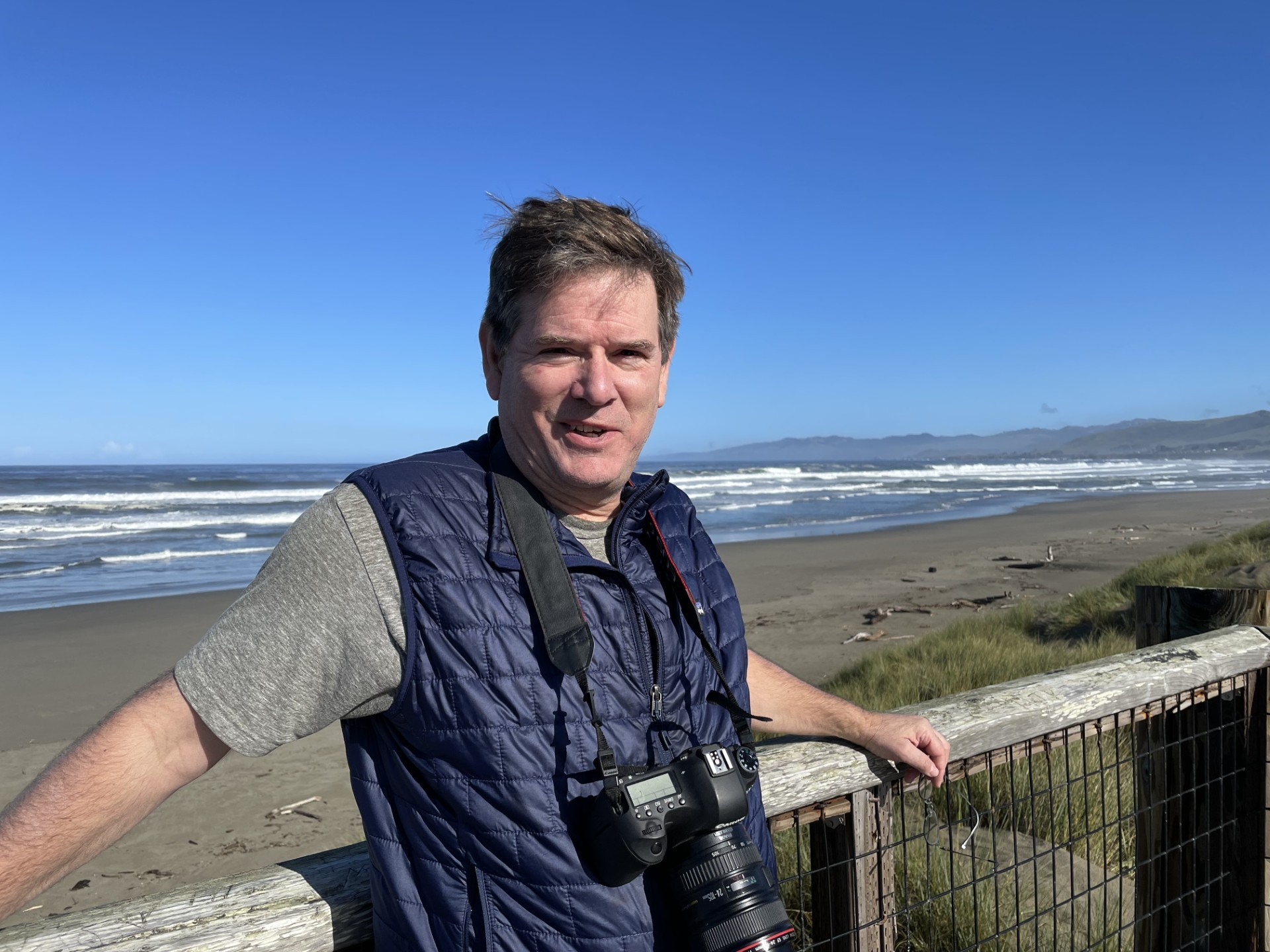PS Seminar Series: Early Events in the Evolution of C4 Photosynthesis
C4 photosynthesis is one of the most prolific complex traits in the biosphere, having independently evolved over 70 times in flowering plants. Understanding C4 evolution is providing insights into how evolution builds complex life forms that can transform the biosphere.
Speakers
Event series
Content navigation
Description

Abstract: C4 photosynthesis is one of the most prolific complex traits in the biosphere, having independently evolved over 70 times in flowering plants. Understanding C4 evolution is providing insights into how evolution builds complex life forms that can transform the biosphere. From biogeographic inferences of where distinct C4 clades evolved, we conclude C4 lineages largely evolved in hot, dry or saline environments favoring extreme rates of photorespiration, which C4 photosynthesis is recognized to overcome. However, C4 evolution originates within the context of C3 photosynthesis, and any initial trait arising to deal with high photorespiration must be considered in terms of improved fitness of C3 plants. In this talk, I examine the initial developments that jumpstarted C4 evolution. We hypothesize that high photorespiration in the mesophyll tissue of ancestral C3 plants overloads the mesophyll (M) tissue with excess photorespiratory glycine, which then spills over to the bundle sheath (BS) tissue to be metabolized to CO2, ammonia and serine within BS mitochondria. Rapid recovery of the amino N in the ammonia pool within the BS is essential, and both the structural and biochemical elements of the C4 pathway appear to be upregulated in C3 ancestors to facilitate this recovery. In support of this hypothesis, we present data that BS cells of ancestral C3 species of C4 lineages exhibit enhanced numbers of mitochondria and chloroplasts, which provide capacity to metabolize glycine overflows from the M tissue. BS cells of ancestral C3 species have reduced length to width ratios, which we hypothesize occurs to i) generate more organelles in the BS; ii) enhance the frequency of plasmodesmata in the BS-M interface, and iii) help create a trap to slow loss of ammonia produced in glycine decarboxylation. Consistently, plasmodesmatal frequencies at the BS-M interface are elevated in C3 sister species of C4. These changes lead to the establishment of a two-tissue, BS to M photorespiratory cycle that facilitates the evolution of Kranz-anatomy, high BS to M transport of metabolites, and upregulation of elements of the C4 biochemical cycle. In short, the recovery of photorespiratory N in the ammonia pool establishes a facilitation cascade that creates the bridge from C3 to C4 photosynthesis.
Biography: Rowan Sage received his PhD in 1986 with Dr Robert Pearcy at the University of California at Davis. After a PDF at the Desert Research Institute in Reno, Nevada, USA with Tom Sharkey, Jeff Seemann and Barry Osmond, Dr Sage began his faculty career at the University of Georgia, in Athens, Georgia in 1988 before moving to the University of Toronto where he is now full Professor in the Ecology and Evolutionary Biology department. His expertise is plant physiological ecology, photosynthetic responses to changing global environments, and the evolution of photosynthetic pathways. He is currently the Editor-in-Chief at Annals of Botany, the oldest academic journal in the plant sciences.
Location
Eucalyptus Seminar Room
Rm S205, Level 2
RN Robertson Building (46)




